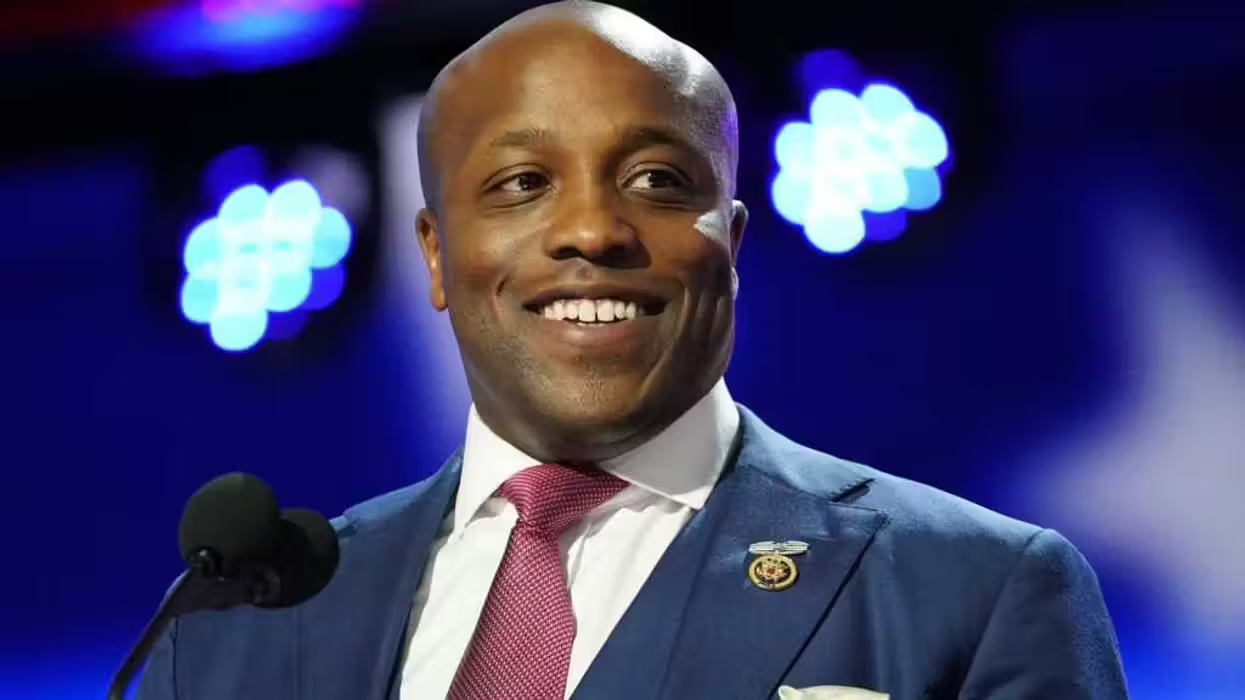Time magazine is revealing a detailed, behind-the-scenes look at how the Obama administration scrambled to address the embarrassing collapse of the healthcare.gov website.
 Image via Time magazine
Image via Time magazine
It’s a story that involves bureaucratic ineptitude, confusion and members of the private sector rushing to the White House’s rescue.
Here are four of the most amazing details from Time's profile on "Obama's Trauma Team":
4. Who’s in charge of this thing?
When it became clear that the website had major flaws and needed working, the Obama administration rushed to assemble a team to fix it. This involved bringing in some of the brightest tech minds from the private sector.
However, as the team slowly came together, they found that the website’s problems were bigger than they initially imagined.
Mike Abbott , for example, is known in the tech industry for being the man who developed Twitter’s technology into what it is today. He was shocked by what he found when he was brought on to rescue healthcare.gov.
“Abbott could not find … leadership. He says that to this day he cannot figure out who was supposed to have been in charge of the Healthare.gov launch,” Time reported. “Instead he saw multiple contractors bickering with one another and no one taking ownership for anything. Someone would have to be put in charge, he told Zients. Beyond that, Abbott recalls, ‘there was a total lack of urgency’ despite the fact that the website was becoming a national joke and crippling the Obama presidency.”
3. They knew
The White House at first claimed that the Obamacare website was experiencing difficulties because it was struggling under the weight of so many Americans eager to sign up for health insurance.
But the White House knew this wasn’t true.
“Obama and [Chief of Staff Denis McDonough] had quietly brought Zients in the week before when it had become obvious that the early White House and CMS explanation for the website's problems--astonishingly high volume--was anything but the whole story,” Time reported.
2. State of confusion
In the months leading up to the launch of the website, senior officials in the White House were apparently in the dark about whether the site actually worked.
“No one in the White House meetings leading up to the launch had any idea whether the technology worked,” Time reported.
According to Time, the White House emphasized the marketing aspects of Obamacare, seeing which parts of the country would be receptive to signing up, but no one thought about actually testing the technology.
The president would end pre-launch meetings by saying, “I want to remind the team that this only works if the technology works.'"
 President Barack Obama speaks in the White House briefing room about the fixes to the Obamacare website and those whose health plans are being canceled, Nov. 14, 2013. (Getty Images)
President Barack Obama speaks in the White House briefing room about the fixes to the Obamacare website and those whose health plans are being canceled, Nov. 14, 2013. (Getty Images)
Time expanded on this: “The problem, of course, was that no one in the meetings had any idea whether the technology worked, nor did the president and his chief of staff have the inclination to dig in and find out. The president may have had the right instinct when he repeatedly reminded his team about the technology. But in the end he was as aloof from the people and facts he needed to avoid this catastrophe as he was from the people who ended up fixing it.”
Further, attendees at pre-launch meeting “were…policy people, pollsters or communications specialists focused largely on the marketing and political challenges of enrolling Americans,” Time reported. “The political intrigue and punditry around the launch was mostly about whether people would come to the website exchanges, not what would happen to them once they got there.”
1. Scrap it
Obama reportedly floated the idea on Oct. 17, 2013, of scrapping all of healthcare.gov “and starting over.”
Zients was charged with the task of "finding fresh eyes who could decide whether the thing was salvageable."
An engineers recruited to help work on the site put it this way: "Maybe we had to tell the world we'll be back to you in six or nine months with a new site."
At the time the president considered this option, a little more than two weeks after healthcare.gov went live, the website had already cost U.S. taxpayers an estimated $300 million.
Bottom line: The White House’s special team of engineers dispersed recently after they were able to get the site to work better than it did on Oct. 1, 2013.
However, there’s still no payment option on the website, meaning people can sign up for Obamacare – they’re just not technically enrolled.
Click here to read Time's full report.
–
Follow Becket Adams (@BecketAdams) on Twitter

 Image via Time magazine
Image via Time magazine






